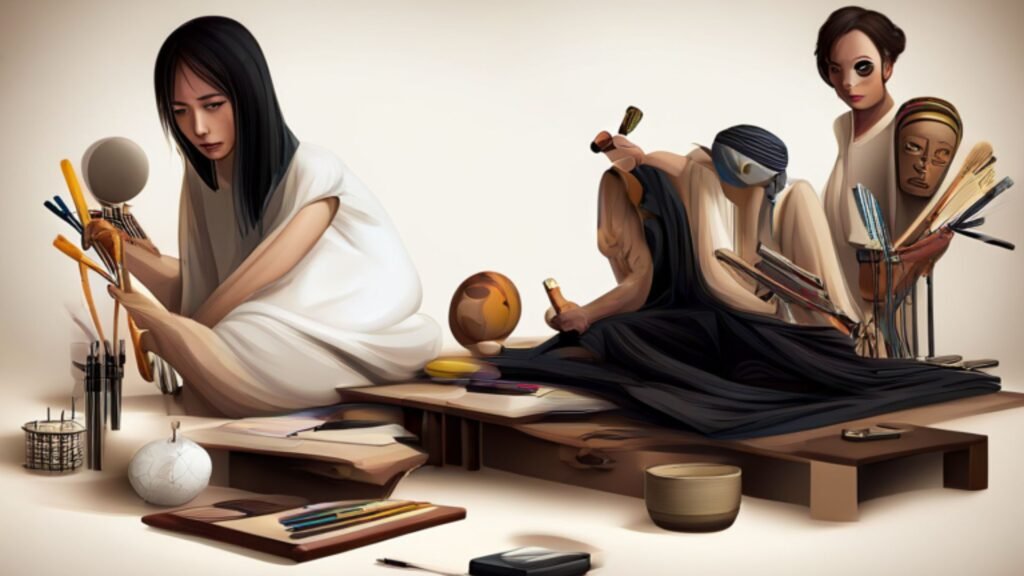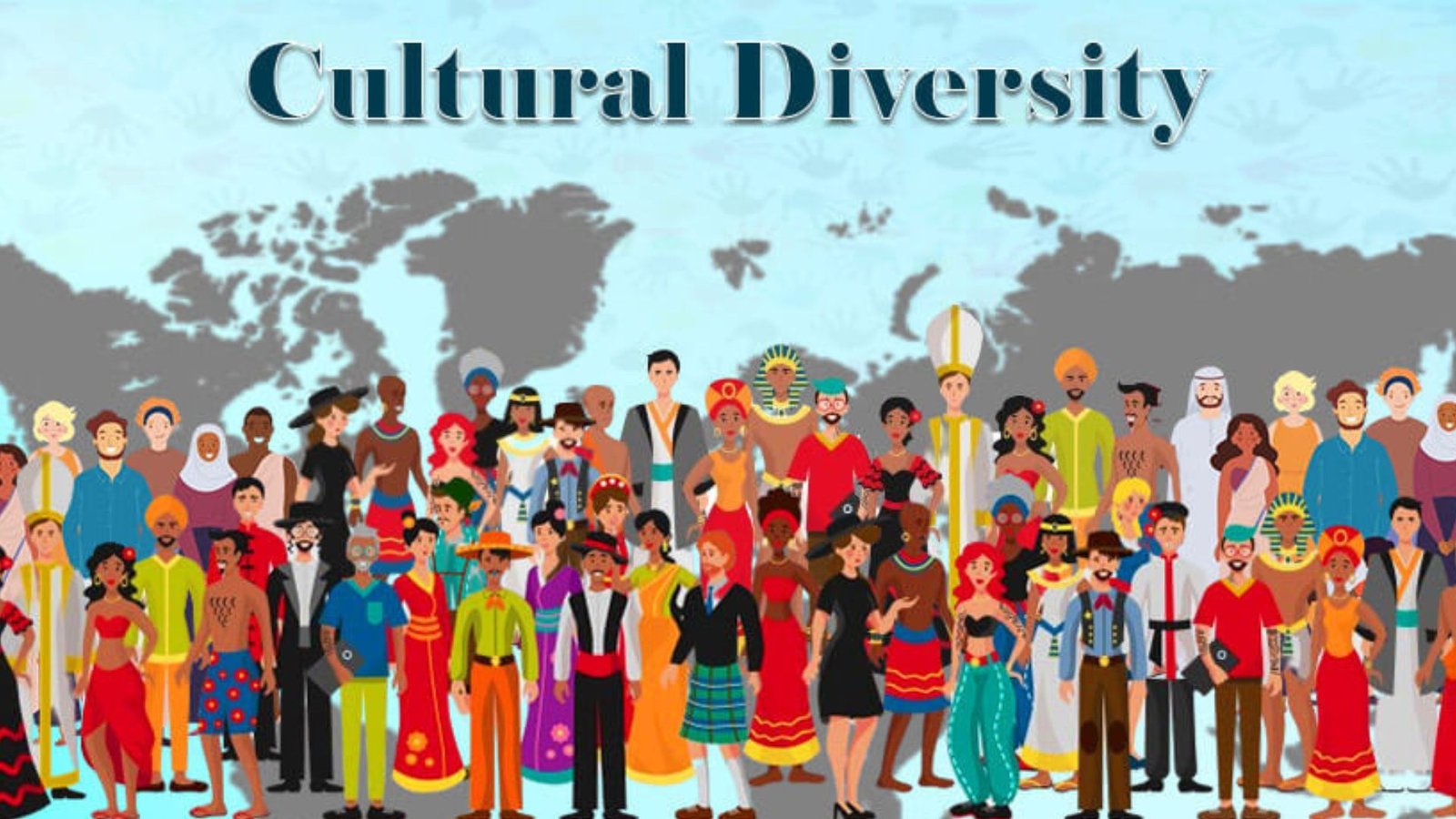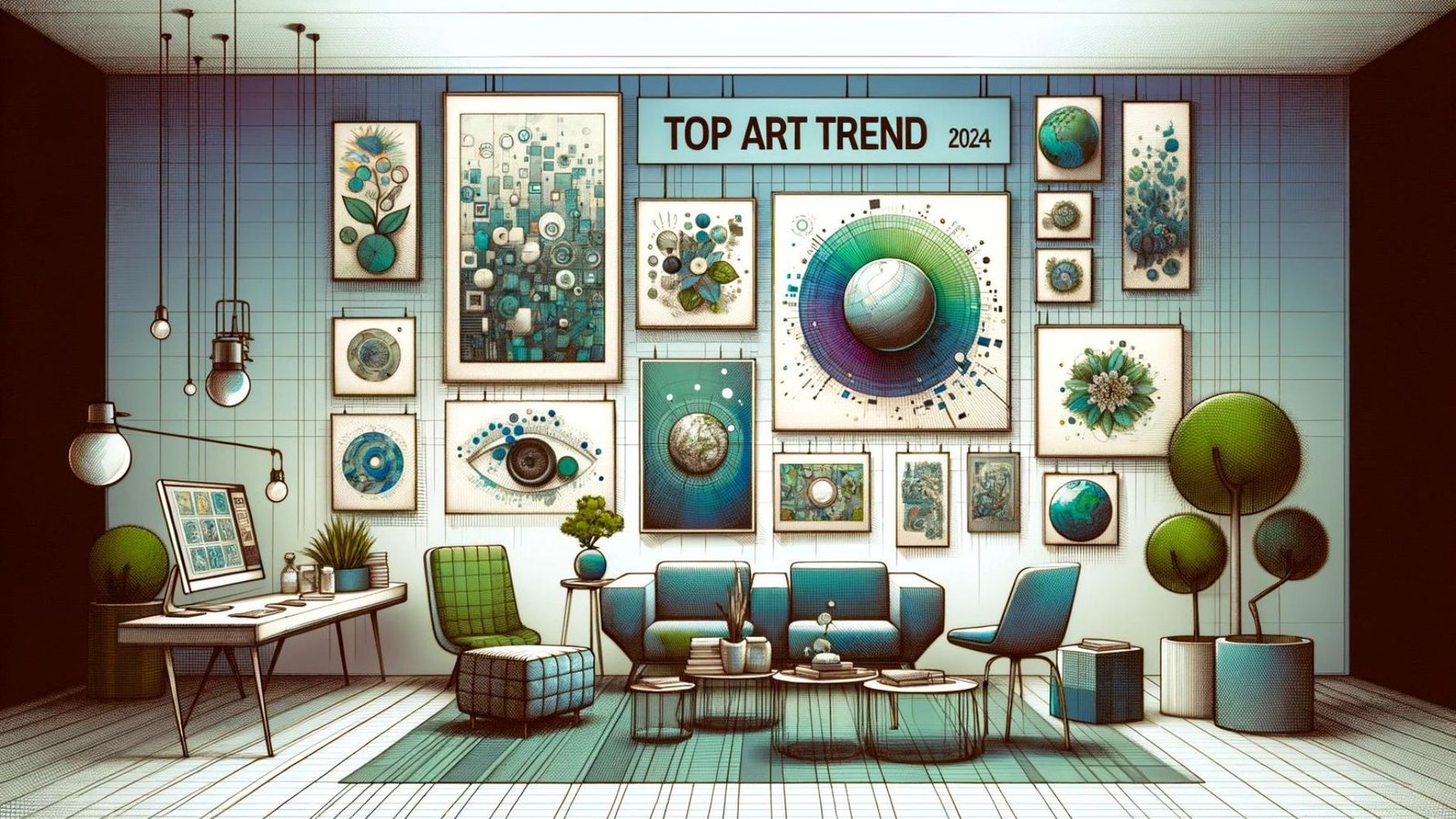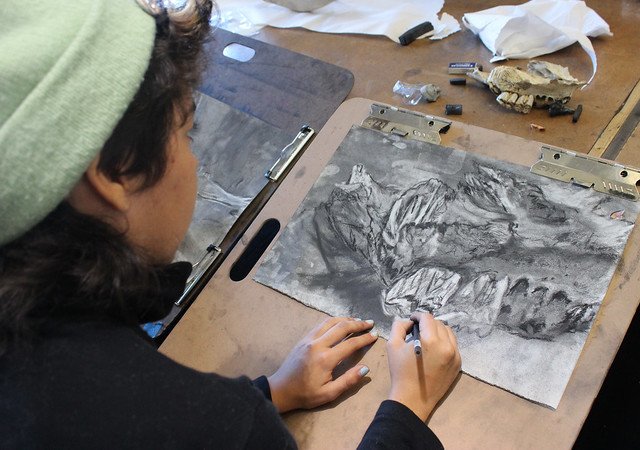Cultural representation and diversity in visual art are more important than ever. As the art world becomes increasingly globalized, there is a growing focus on reflecting a wide range of cultural experiences and identities. In this blog post, we will discuss the significance of cultural representation and diversity in visual art, how artists are incorporating these elements, and the impact this has on the art world.

The Importance of Cultural Representation in Art
Firstly, cultural representation in visual art is crucial because it allows for a more inclusive and diverse art world. Art has the power to reflect and shape our understanding of different cultures, histories, and identities. When artists from various backgrounds contribute their unique perspectives, it enriches the overall art landscape and provides audiences with a broader view of the world. For example, artworks that depict cultural traditions, historical events, or personal experiences can offer valuable insights and foster greater empathy and understanding. By embracing cultural representation, the art world becomes more reflective of the diverse experiences that make up our global society.
How Artists Reflect Diversity in Their Work
Moreover, artists are increasingly incorporating diversity into their work in various ways. Some artists use their art to address social issues and highlight the experiences of marginalized communities. For instance, artworks may explore themes related to race, gender, sexuality, or socio-economic status, giving voice to those who have been historically underrepresented. Additionally, many artists draw inspiration from their cultural heritage, creating pieces that celebrate their traditions and histories. This approach not only honors their roots but also educates and engages viewers with different cultural backgrounds. Through these diverse artistic expressions, artists contribute to a more inclusive and representative art world.
The Role of Art Institutions in Promoting Diversity
In addition to individual artists, art institutions play a significant role in promoting cultural representation and diversity. Museums, galleries, and art organizations are increasingly recognizing the need to showcase a wide range of artists and perspectives. For example, many institutions are curating exhibitions that focus on underrepresented artists or exploring themes of cultural diversity. These efforts help to ensure that diverse voices are heard and that the art world reflects a more comprehensive range of experiences. By supporting inclusive practices and celebrating diversity, art institutions contribute to a richer and more dynamic art environment.
Challenges in Achieving True Diversity
However, achieving true diversity in visual art can be challenging. One challenge is the risk of tokenism, where diversity is represented superficially without genuine engagement with the complexities of different cultures. To avoid tokenism, it is essential for art institutions and artists to approach diversity with authenticity and depth. Additionally, systemic barriers such as lack of access to resources or opportunities for marginalized artists can hinder efforts to achieve greater representation. Addressing these challenges requires ongoing commitment and collaboration within the art community.
The Impact of Diversity on Audience Engagement
Embracing diversity in visual art also has a positive impact on audience engagement. When audiences see art that reflects a wide range of cultures and experiences, it can foster a deeper connection and appreciation for the work. Diverse art can also challenge preconceived notions and encourage viewers to think critically about social and cultural issues. By engaging with art that represents different perspectives, audiences are exposed to new ideas and can gain a greater understanding of the world around them. This increased engagement can lead to more meaningful and impactful art experiences.
The Future of Cultural Representation in Art
Looking ahead, the future of cultural representation and diversity in visual art holds great promise. As the art world continues to evolve, there will likely be even more opportunities to explore and celebrate diverse artistic expressions. Advances in technology, such as digital platforms and virtual exhibitions, may also provide new ways for artists to reach global audiences and share their work. By continuing to prioritize cultural representation and inclusivity, the art world can foster a more vibrant and dynamic creative community.
Conclusion
In conclusion, cultural representation and diversity in visual art are essential for creating a more inclusive and reflective art world. By incorporating diverse perspectives and celebrating a wide range of experiences, artists and art institutions contribute to a richer and more engaging art landscape. While there are challenges to overcome, the benefits of embracing diversity are significant and can lead to more meaningful art experiences for both artists and audiences. As the art world continues to evolve, the ongoing commitment to cultural representation and inclusivity will help to shape a more dynamic and inclusive future for visual art.




